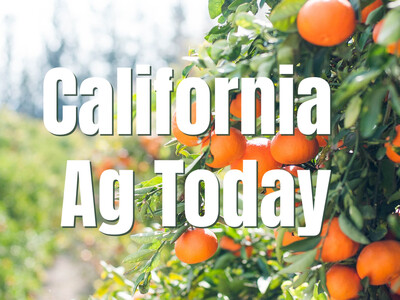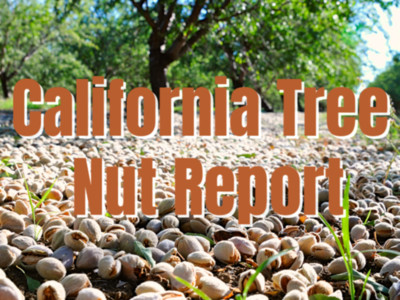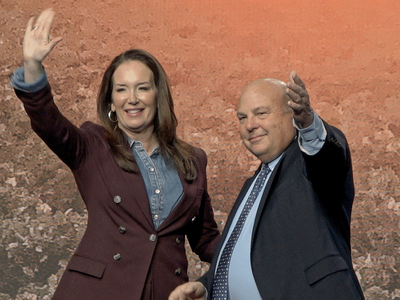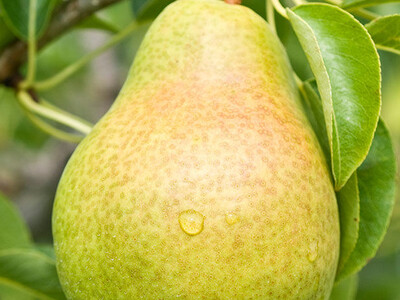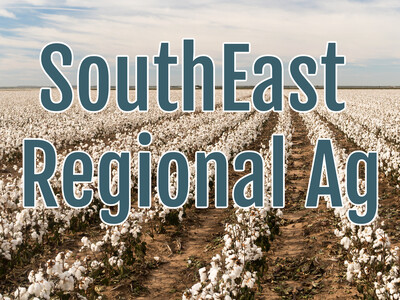Best Practices for Fall Soil and Residue Management

Tim Hammerich
News Reporter
Many farmers will soon be working on fall tillage, either right behind the combine or as soon as possible after harvest. Justin Render, senior product specialist for Kinze Manufacturing, recommends some practices for effective fall soil and residue management.
Render… “Compaction is always a concern.. You know, anytime we get wet and saturated soils, we always increase that risk of compaction, so we want to make sure we can do that and try to hold off as long as possible. Sometimes it’s not feasible, but you know, by doing that, we're reducing sins for the future. So, if we have some combine tracks or other things that we need to fix, Fall is a great time to do it to avoid that problem that can really last for many years.
Render says proper residue management starts even before the combine is in the field.
Render… “It's important to make sure your combine is properly set up, so we've got the header set right, where we're processing that residue, we're breaking it open, we're starting that breakdown process on the stalk as well as our spreading and chopping system. So, our chopper knives are sharp. We're getting that residue spread for the whole width of our combine head whether it's corn, soybeans, wheat, whatever, that way we can get that residue spread.”
He says crushing, shredding, and spreading the crop residue evenly will speed the decomposition process.
Render… “It's all very important to set that table for next season.”
Render also recommends cover crops. For more tillage tips and information about Kinze’s Mach Till high-speed tillage equipment, farmers can contact their Kinze dealer or visit www.Kinze.com.




